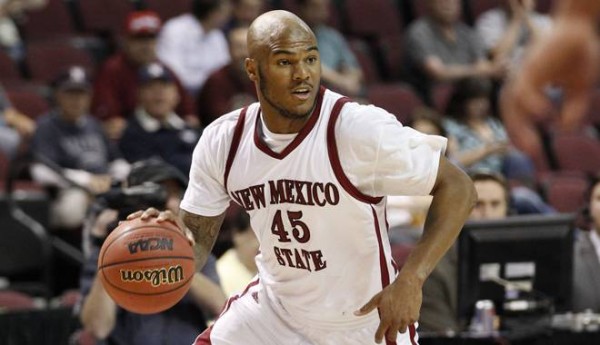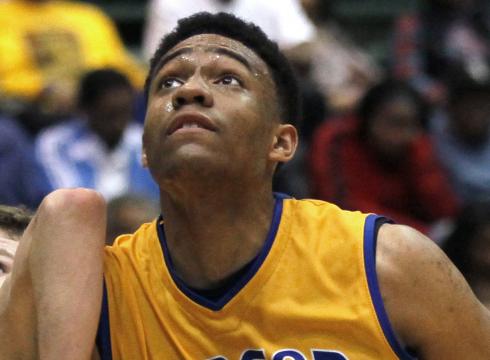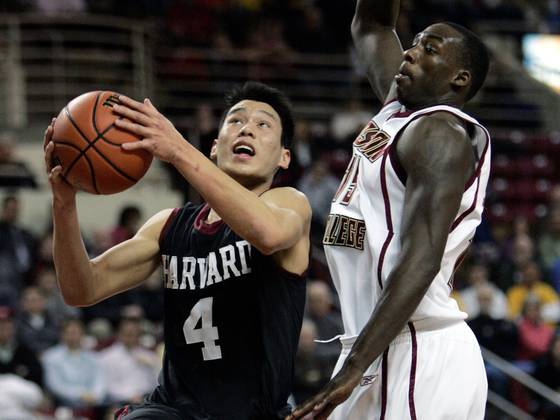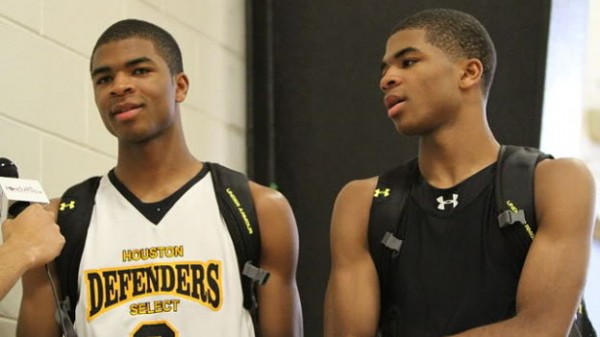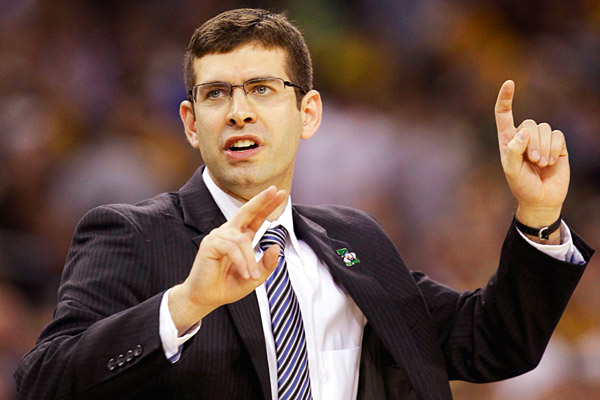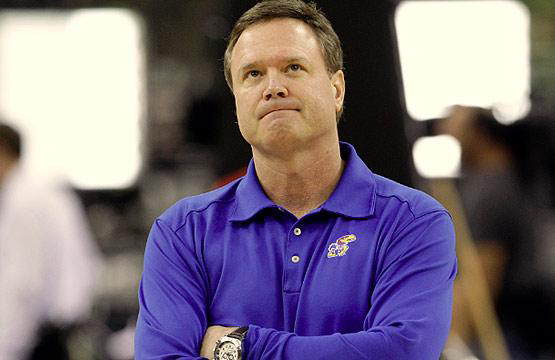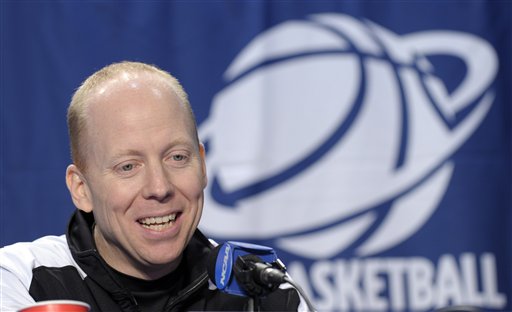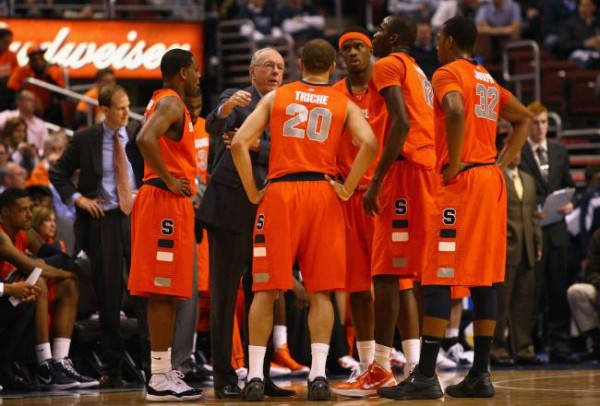Rasheed Wallace Calls Into Question Old College vs. NBA Debate Over Passion and Heart
Posted by Chris Johnson on October 11th, 2012Chris Johnson is an RTC Columnist. He can be reached @ChrisDJohnsonn.
For most college basketball fans, the professional brand of the game they love has never resonated in the same endearing way. For reasons ethical and not, the general perception of NBA hoops is not a good one. It is, with few exceptions, terrible. Whether it’s the isolation-heavy offense, lack of defensive organization and discipline, or the fuzzy conception-based judgment that the game just isn’t played the right way in the professional ranks, there are few more infuriating three-letter sequences for college hoops fans than NBA. I’ve never quite understood the origins or the staying power of this criticism, nor do I subscribe to the same viewpoint. Every year, the NBA offers us a nearly six-month slate of the best basketball in the world, played by the best athletes in the world – most of which come from the programs college fans invest their time, money and passion enjoying. It’s not the same as the college game; the differences are as obvious as they are numerous. But if you enjoy basketball played at the highest level, robbing yourself of the sport’s greatest compilation of talent, spectacle and athletic brilliance seems silly. Whatever your opinions on the NBA the organization, it’s awfully difficult to come up with a sound argument justifying your lack of attention to the league’s on-court product. These guys are really, really good. That alone should pique your hoops-watching impulses enough to flip-on at least a few games each year.
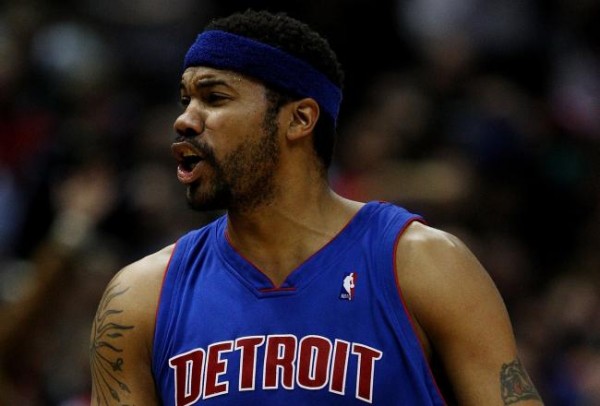
With Wallace speaking out against the NBA’s competitive integrity, college fans’ complaints gain a layer of credibility (Photo credit: Jonathan Daniel/Getty Images).
Perhaps the most frequent gripe with NBA basketball brings us to the realm of intangibles, the vague qualities that enhance (or devalue) the tenor of the game’s flow of play. The NBA’s lack of passion or fire or intensity, or whatever descriptor suits your position, is raised with alarming consistency in just about any anti-NBA diatribe. The typical argument proceeds as follows: College players lose their competitive drive when they reach the NBA and receive their first paychecks. Financial incentives, so the narrative goes, rob college players of the passion and unbridled joy that made them so fascinating to watch at their respective programs. If you share this mindset (as this is a college basketball blog, there are no doubt at least a few readers who most definitely do), you are not alone. One NBA contemporary is on your side. Rasheed Wallace – former North Carolina Tar Heel, first-round pick, four-time All Star, all-time NBA bad boy first-teamer, and most recently, New York Knicks frontcourt relief option – opened up with Brian Lewis of the New York Post Wednesday to reveal the reasons behind his unlikely age-38 comeback.





























